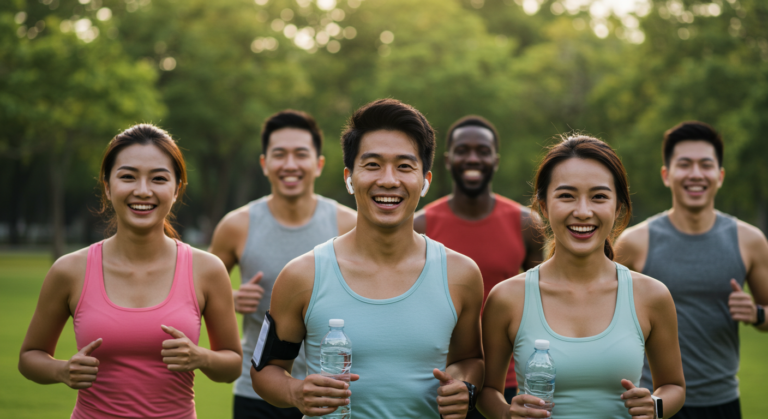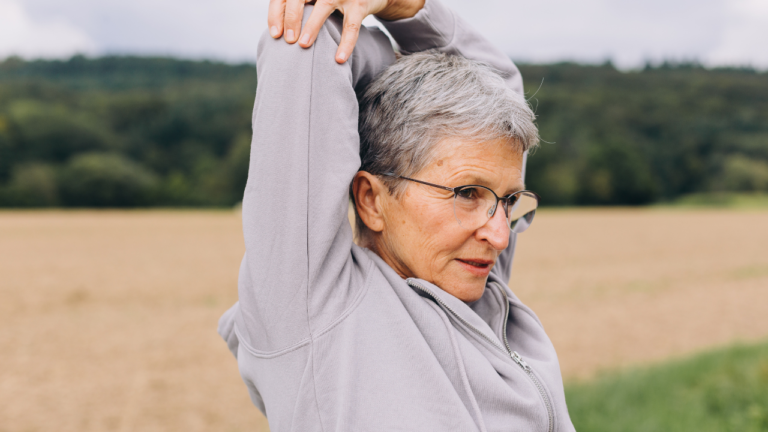Introduction
What makes a face attractive? This seemingly simple question has fascinated scientists, artists, and philosophers for centuries. Today, modern research provides fascinating insights into the complex interplay of factors that influence our perception of facial beauty. This article delves into the scientific understanding of facial attractiveness, exploring correlations with other perceived attributes, the impact of lifestyle factors, the role of skin quality, practical enhancement approaches, and the effectiveness of aesthetic treatments.
The Science Behind Facial Attractiveness
Correlations with Other Perceived Attributes
A comprehensive study by Singh & Birkett (2024) analyzed 2,870 female faces rated by 21 experts and revealed striking correlations between facial attractiveness and other perceived attributes:
- Strong positive correlations were found between:
- Attractiveness and health (r = 0.61)
- Attractiveness and femininity (r = 0.7)
- Health and femininity (r = 0.57)
- Medium positive correlation between health and happiness (r = 0.31)
- Small positive correlation between happiness and femininity (r = 0.21)
- Medium negative correlations between perceived age and:
- Attractiveness (-0.32)
- Health (-0.36)
- Femininity (-0.31)
These findings support the “what is beautiful is good” phenomenon first identified by Dion et al., where attractive individuals are often assumed to possess other positive traits. From an evolutionary perspective, these preferences may have developed as signals of reproductive fitness, aligning with Darwinian theory of sexual selection.
The Role of Femininity in Women’s Facial Attractiveness
The strong correlation between femininity and attractiveness (r = 0.71) underscores the importance of sexual facial dimorphism in beauty perception. Features typically associated with femininity—such as larger eyes, fuller lips, and a smaller jaw—appear to significantly enhance perceived attractiveness in women. This relationship has remained consistent across numerous studies, suggesting deep evolutionary roots in our beauty standards.
Lifestyle Factors and Facial Attractiveness
Research by Arnocky et al. (2023) provides compelling evidence that lifestyle choices can significantly impact facial attractiveness, particularly in men:
Body Composition and Health Status
The study found that average skinfold (a measure of body fat) and symptoms of poor health were significant predictors of facial attractiveness. Men with higher body fat percentages and poorer health indicators were consistently rated as less attractive.
Exercise and Stress
Path analysis revealed that:
- Exercise negatively predicted abdominal skinfold
- Life stress positively predicted abdominal skinfold
- Both factors indirectly affected facial attractiveness through their impact on body composition and health
Harmful Habits
The literature review highlighted that:
- Smoking is associated with less attractive faces due to skin wrinkling and sallow complexion
- Excessive alcohol consumption can negatively impact skin health and overall facial appearance
Hormonal Influences
The relationship between hormones and facial attractiveness appears complex:
- Some research suggests an interaction where high testosterone and low cortisol might be associated with more attractive male faces
- However, findings have been inconsistent, indicating that hormonal influences may be moderated by other factors
The Critical Role of Skin Quality
Skin Homogeneity and Attractiveness
Research by Sun et al. (2022) demonstrates that skin homogeneity—the smoothness in texture and evenness in color distribution—plays a crucial role in facial attractiveness:
- Higher levels of skin homogeneity consistently increased ratings of facial attractiveness
- The relationship followed a logarithmic function, consistent with Fechner’s law of sensation
- Even subtle improvements in skin quality positively influenced perceived attractiveness
Gender Differences in Skin Perception
The study noted interesting gender differences:
- Female faces showed a higher “different” rate in change detection experiments
- At specific beautification levels (45%), female faces were rated as more attractive than male faces after skin beautification
These findings confirm what many have intuitively understood: “Perfect facial skin is one of the most desirable traits for the attractive face” (Fink et al., 2001).
Practical Approaches to Enhance Facial Attractiveness
Based on scientific research and collective wisdom from beauty communities, several evidence-based approaches can enhance facial attractiveness:
Physical Fitness and Body Composition
- Cardiovascular exercise can reduce facial fat and make bone structure more prominent
- Maintaining healthy weight enhances facial definition and proportions
- Proper hydration reduces puffiness and promotes skin elasticity
Jawline Enhancement
- Good posture affects how the jawline appears
- Reducing processed foods and sugar minimizes facial bloating
- Maintaining dental health supports proper jaw alignment
Skin Quality Optimization
- Consistent skincare routine including cleansing, exfoliation, and moisturizing
- Sun protection prevents premature aging and maintains even skin tone
- Adequate hydration (8-10 glasses of water daily) improves skin texture
- Anti-inflammatory diet rich in antioxidants supports skin health
- Managing stress reduces cortisol levels that can damage collagen
Eye Appearance Enhancement
- Sufficient sleep (7-9 hours) reduces under-eye circles and puffiness
- Eye-healthy nutrients (lutein, zeaxanthin) from green leafy vegetables
- Good hydration prevents bloodshot eyes
- Strategic makeup techniques like curled lashes and appropriate color contrast
Facial Framing Elements
- Well-shaped eyebrows significantly impact facial symmetry and expression
- Hairstyles that complement face shape can enhance or minimize specific features
- Glasses frames chosen to balance facial proportions
The Impact of Aesthetic Treatments
Research by Przylipiak (2018) evaluated the improvement in perceived facial attractiveness following various aesthetic treatments:
Effectiveness Ranking of Treatments
- Blepharoplasty (eyelid surgery) produced the most remarkable improvement in attractiveness (32.79 points)
- Face-lift and Botox treatments demonstrated high levels of reproducibility and significant attractiveness improvement
- Lip augmentation showed statistically significant but less marked improvement and lower reproducibility
Considerations for Aesthetic Interventions
- Different procedures have varying degrees of impact and predictability
- Subjective expectations and cultural beauty standards influence satisfaction with results
- Non-surgical options can provide significant improvements with lower risk profiles
Holistic Perspective on Facial Attractiveness
Modern research increasingly supports a holistic approach to facial attractiveness that encompasses:
Balance of Features
Facial attractiveness isn’t determined by any single feature but by the harmony and balance among features. Proportional relationships between facial elements create a sense of visual coherence that registers as attractive.
Expression and Animation
Dynamic aspects of the face—how it moves, expresses emotion, and animates during conversation—significantly impact perceived attractiveness beyond static measurements.
Confidence and Well-being
Psychological factors like confidence, positive affect, and overall well-being radiate through facial expressions and posture, enhancing perceived attractiveness regardless of structural features.
Conclusion
The science of facial attractiveness reveals a complex interplay between biological, psychological, and social factors. While certain features and proportions appear consistently valued across cultures and time periods, suggesting evolutionary underpinnings, beauty perception remains influenced by individual preferences, cultural context, and changing aesthetic ideals.
Research confirms that both internal factors (health, hormones, genetics) and external choices (lifestyle, skincare, aesthetic treatments) contribute to facial attractiveness. Rather than pursuing a single beauty standard, a comprehensive approach that prioritizes health, well-being, and individual enhancement appears most effective.
By understanding the science behind facial attractiveness, individuals can make informed choices about health practices, skincare routines, and potential aesthetic treatments that align with their personal goals and values.
References
Dion, K., et al. (1972). What is beautiful is good. Journal of Personality and Social Psychology, 24(3), 285-290.
Singh, A., & Birkett, S. (2024). Correlations of facial attractiveness with other perceived attributes in women.
Arnocky, S., et al. (2023). The role of lifestyle and hormonal variables in facial attractiveness of young adult men.
Sun, W., et al. (2022). The impact of facial skin homogeneity on face change detection and attractiveness perception.
Przylipiak, A. (2018). Impact of surgical aesthetic treatments on perceived facial attractiveness.
Fink, B., et al. (2001). Facial skin texture and perceived attractiveness.




